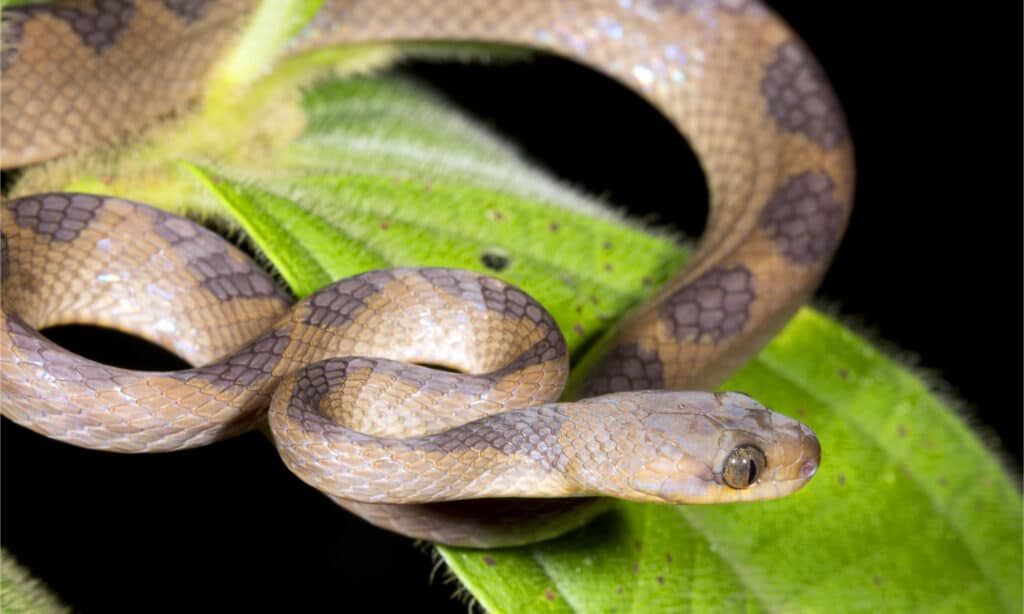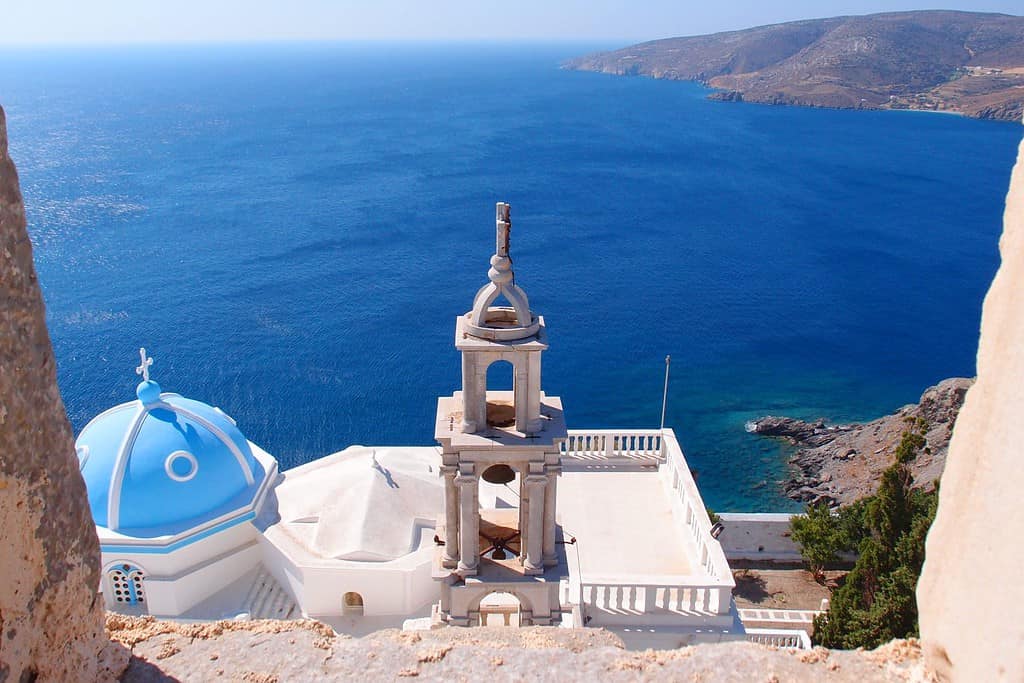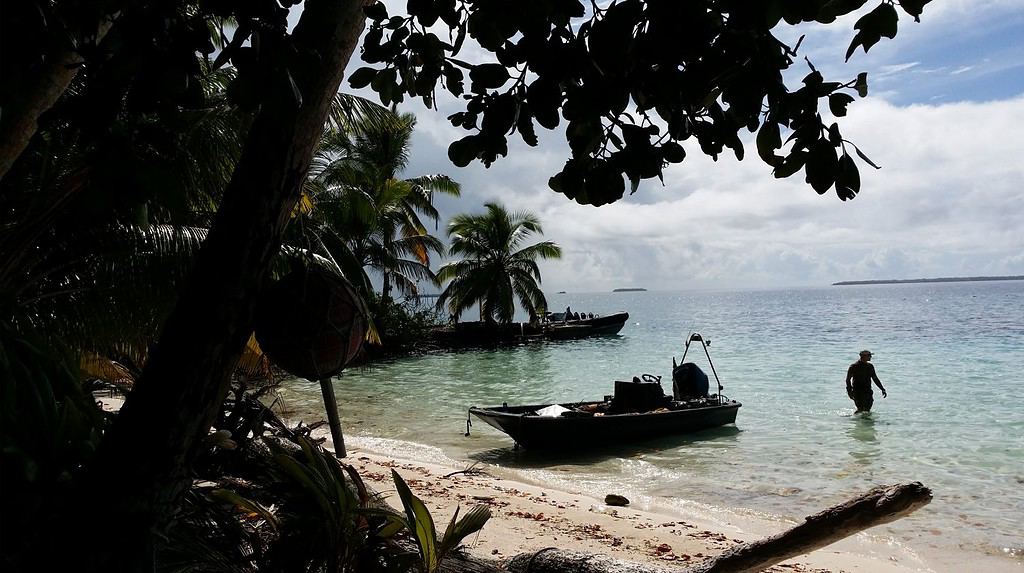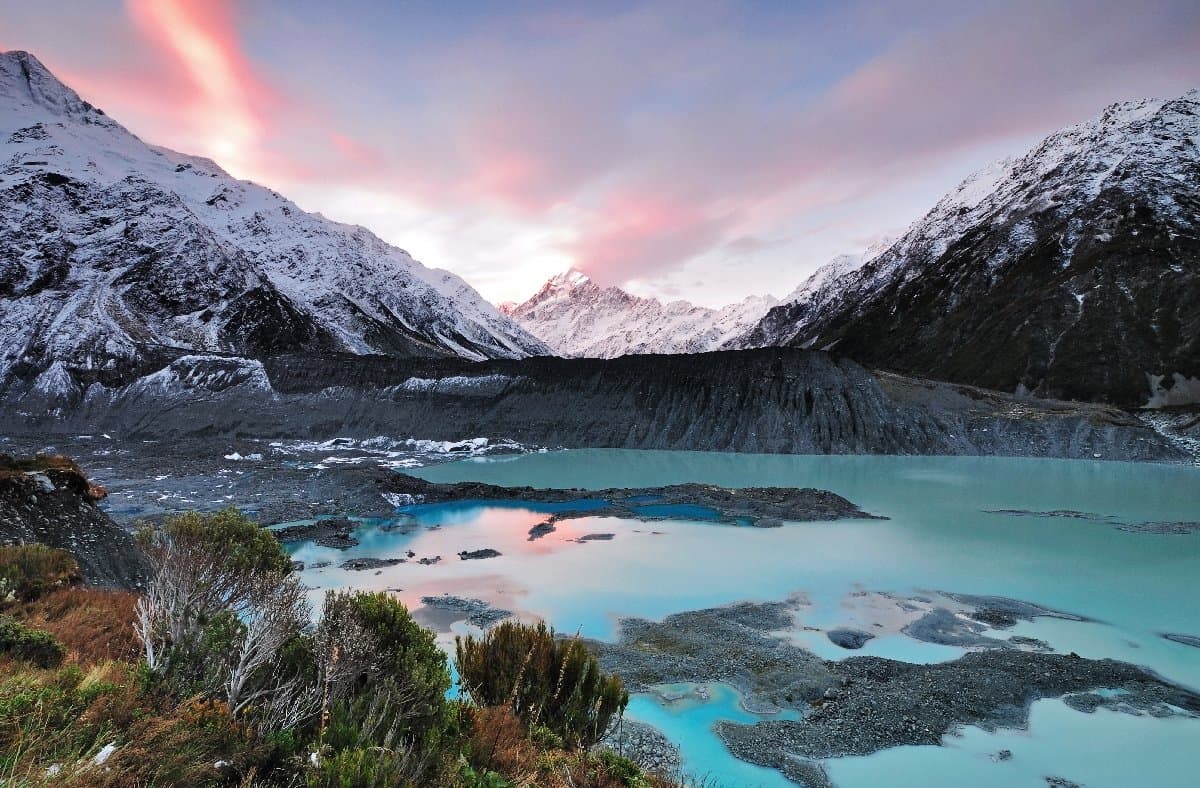If you have ophidiophobia (a severe fear of snakes) even a harmless snake may send your heart racing. Yes, you know they keep down the population of disease-bearing vermin. But you’d prefer cuddly cats to do that, wouldn’t you? We’re not here to judge. Instead, we’re going to share with you a list of the most snake-free islands in the world—places you might want to go on vacation or even move to! So pack your suitcase and kiss your fears goodbye as we check out some of the world’s islands that have no snakes.
Why Are Some Islands Snake-Free?

Even if an island’s climate is favorable to snakes, they have to get there somehow.
©Dr Morley Read/Shutterstock.com
If the climate is too cold in the region for cold-blooded reptiles to live there, then there will be no snakes on it. In a favorable climate, there are two ways a snake species can exist on an island: it would have to evolve there independently, or it would have to be introduced there from another place. It could be brought there by people deliberately or accidentally, as an escaped pet or a stowaway in cargo.
Land-based snakes could also arrive on an island by swimming from another island or floating on debris from a storm. If the island is very remote then the chances of this happening are rare. This is why some Pacific islands do not have snakes. Finally, snakes can go extinct on an island because of a natural disaster such as a flood, volcanic eruption, or ecological imbalance or because of deliberate human efforts to drive them to extinction.
1. Arctic and Antarctic Islands

Mount Redoubt is an active stratovolcano in the Aleutian Islands, Alaska. Would you live on a frigid-but-may-erupt-at-any-minute volcano to avoid snakes?
©iStock.com/David Arment
There are thousands of islands in the frigid Arctic and Antarctic regions of our planet that are far too cold for snakes. For example, the whole state of Alaska is snake-free, including the Aleutian Islands, Kodiak Island, and hundreds of others. In neighboring Canada, the Arctic Archipelago includes 94 major islands and over 36,000 small ones. The world’s largest island, Greenland, is snake-free, as is neighboring Iceland. Norway and Russia also control permanently frozen islands.
Antarctica includes over 1,000 frozen islands. In the Antarctic Sea, Chile, France, the United Kingdom, and New Zealand are just a few of the countries that control islands in the area that are so cold that a snake likely wouldn’t last more than a few hours there.
2. Anafi and Astypalaia Islands, Greece

Astypalaia Island has had no snakes since ancient times.
©Greens and Blues/Shutterstock.com
You don’t have to freeze to escape snakes. How about living in the Mediterranean? Anafi island’s name literally means “without snakes.” The ancient philosopher Aristotle mentioned Astypalaia as a snake-free island, which remains true today. It’s likely because of the large number of predatory storks that nest there.
3. Bermuda

One of Bermuda’s attractions is its rare pink sand coral beaches.
©Romiana Lee/Shutterstock.com
Located 650 miles off the U.S. coast in the Atlantic, not only does Bermuda not have snakes, but it also has no dangerous spiders, venomous bees, ticks, mosquitos, or dangerous animals. So what does it have? Pink sand beaches, historic sights from its British colonial history, and all the amenities a tourist could want.
4. Canary Islands

These are the Cliffs of the Giants on Tenerife, Canary Islands.
©imageBROKER.com/Shutterstock.com
The Canary Islands are an archipelago of seven main islands and a number of islets off the west coast of Africa that are a part of Spain. Today, over 2 million people live there in glorious isolation from snakes . . . except on the main island of Gran Canaria. There, California kingsnakes have escaped or been deliberately released by pet owners and are now multiplying explosively in the wild. They are on the verge of wiping out the island’s three indigenous lizard species by eating their food sources and the animals themselves. Dang it, snake owners! Get a pet rock!
5. Cape Verde

The turquoise waters of Santa Maria, Sal, Cape Verde make this African country a gorgeous tourist attraction.
©Sopotnicki/Shutterstock.com
Go further down the West African coast, and you’ll reach Cape Verde, or Cabo Verde, an independent nation made up of a cluster of gorgeous islands. It’s a lower middle-income country that’s affordable for tourists from around the world and offers them an environment free of wildlife threats, including snakes.
6. Chagos Islands

The warm climate of the Chagos Islands would be perfect for snakes . . . if they could get there.
©MattD123/Shutterstock.com
The Chagos Islands are an archipelago near the center of the Indian Ocean. They are so distant from anything else, snakes haven’t colonized it . . . but the British have. They deported all the indigenous civilian population over 50 years ago to build the Diego Garcia military base, shared with the United States. So, if you want to enjoy this snake-free island, surrounded by heavy firepower to protect you from any snake invasions, you’re going to have to join the military or work for one of their civilian contractors.
7. Ireland

Lush and green but rainy and cold, Ireland has no wild snake populaitons.
©Dawid Kalisinski Photography/iStock via Getty Images
Ireland is yet another country with no snakes. Legend has it that St. Patrick drove them into the sea, but this is myth. The fossil record shows no evidence snakes ever lived on the island. Although it is relatively close to Great Britain, the seas between them are rough and cold, so migration to Ireland would be difficult for snakes. It is legal to own pet snakes there today, and some zoos have them on display. In the country’s cool climate, it is unlikely any escaped reptiles would be able to establish themselves easily.
8. New Zealand

Mountains and glaciers are some of New Zealand’s natural wonders. However, the high elevation is not conducive to snakes.
©Nokuro/Shutterstock.com
New Zealand is one of the largest and most populous snake-free countries in the world and they plan to keep it that way. It’s illegal to keep them as pets, and you won’t even find any in zoos. Honestly, it’s pretty much a snake-hater’s paradise there. The islands are just too remote for snakes to have reached there. If they ever did, they would wreak havoc on an ecosystem of unique and diverse wildlife that has not evolved defenses to these types of predators.
9. Snake Island, Ukraine

This is Snake Island, Ukraine. It has no snakes or much of anything else.
©Elena Larina/Shutterstock.com
You’d think with a name like Snake Island, this tiny rock in the Black Sea would be teaming with snakes. Nope. In fact there’s hardly anything on the island except a tiny Ukrainian military base. It made the news when a Ukrainian soldier gave a defiant response to the Russian warshipMoskva that was threatening it. Not only did Ukraine wrest control of the island back from Russia, they also sank the Moskva with a missile. Our guess is snakes are kinda scared to mess with this tough little place.
The photo featured at the top of this post is © iStock.com/romrodinka
Discover the "Monster" Snake 5X Bigger than an Anaconda
Every day A-Z Animals sends out some of the most incredible facts in the world from our free newsletter. Want to discover the 10 most beautiful snakes in the world, a "snake island" where you're never more than 3 feet from danger, or a "monster" snake 5X larger than an anaconda? Then sign up right now and you'll start receiving our daily newsletter absolutely free.
Thank you for reading! Have some feedback for us? Contact the AZ Animals editorial team.






